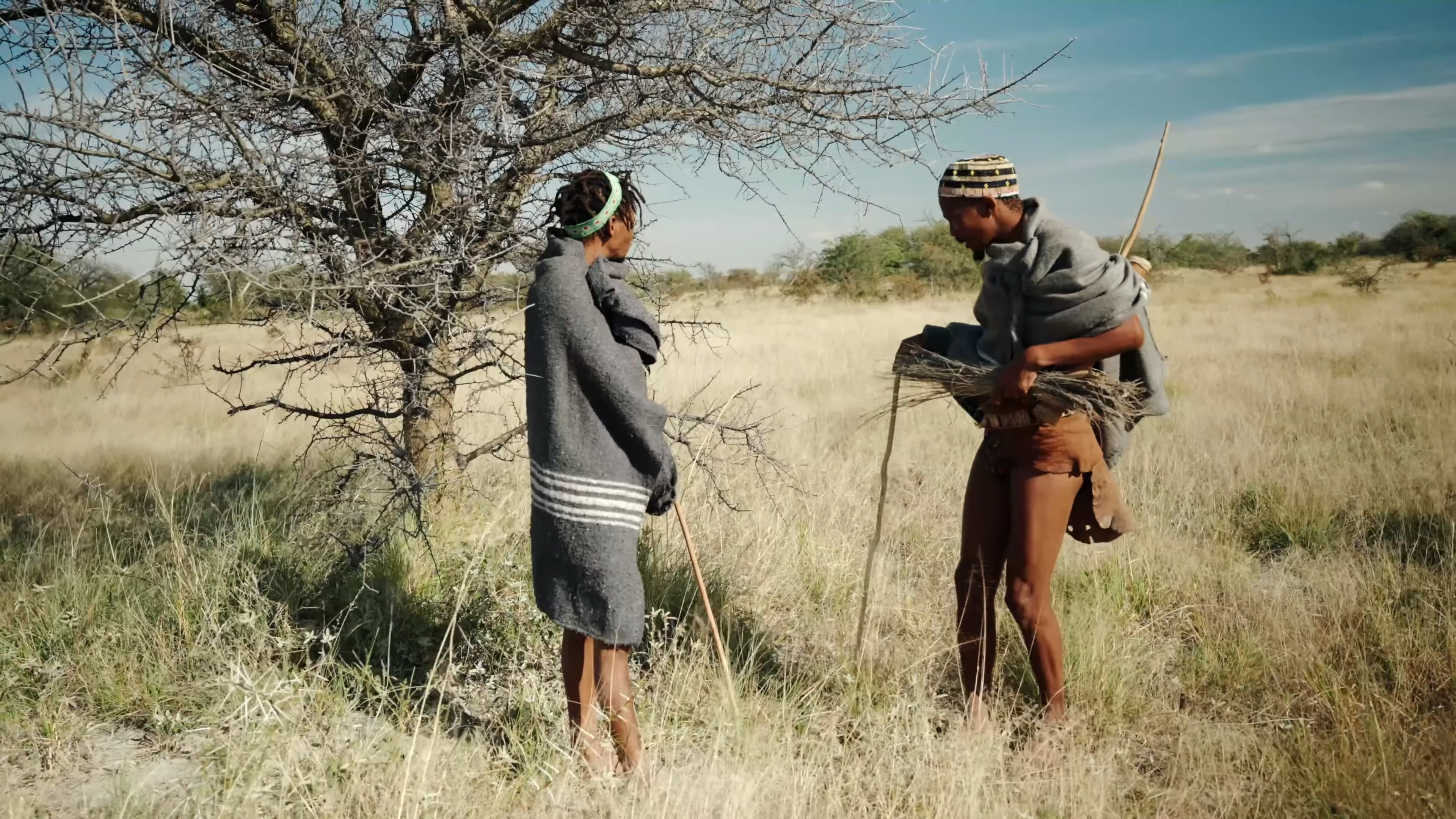Wildlife and Environmental Conservation: Responsible Travel
The debate around hunting, particularly within the context of wildlife and environmental conservation, is complex. While the sight of an animal in the wild can be a profound experience, the reality is that hunting is deeply ingrained in the culture of many African nations and often plays a significant role in their conservation efforts.
It is acknowledged during Responsible Travel that hunting when controlled and maintained properly, can safeguard large tracts of land from being divided up by development, farming, or even more harmful industries like mining. Such fragmentation can disrupt migration routes and access to essential resources for animals, leading to severe consequences. To ensure hunting contributes positively to conservation, quotas must be strictly enforced based on recommendations from independent experts, not reserve owners or tour operators, to maintain sustainable wildlife populations. Additionally, a substantial portion of the income generated from hunting must be reinvested into community initiatives and local conservation projects.

In many African safari destinations, such as South Africa, Namibia, Zimbabwe, Tanzania, and Zambia, hunting remains a crucial source of conservation funding and is likely to persist as long as these funds are necessary. However, it is important to note that conservation efforts can sometimes be intertwined with the act of hunting, and those who wish to avoid supporting such practices should select their travel organizations with diligence.
For further insights, articles in National Geographic and The Guardian offer additional perspectives.
The practice of ‘canned hunting,’ however, is a separate and highly contentious issue. In this practice, lions are bred and reared on farms, only to be released into confined hunting reserves where they are hunted by affluent individuals. This practice, akin to “shooting fish in a barrel,” ensures a guaranteed kill due to the lack of escape options for the prey. In South Africa, the number of captive-bred lions has surged to around 8,000, more than twice the figure from a decade ago, raising concerns among travelers, especially when some farms market themselves to those passionate about animal welfare.
Cultural Sustainable Tourism
Conservancies could be the cornerstone of a sustainable future. These are lands where local communities have complete stewardship over conservation and management, harnessing the land and its wildlife to generate revenue through eco-friendly agriculture and tourism independently.
Namibia proudly pioneered the conservancy model, a beacon for community-driven natural resource management now adopted across southern Africa, including Botswana, Zimbabwe, Zambia, Mozambique, and South Africa.
Kenya, while newer to the conservancy approach, is making significant progress. Tourism, a key contributor to Kenya’s GDP, has led to the establishment of expansive national parks and reserves, and a ban on hunting. A transformative shift is underway in land management and protection. Where once land was reserved for parks like the Masai Mara, displacing local communities, now these areas are seen as triumphs for wildlife conservation and tourism, with the protected wildlife becoming a magnet for visitors.
Evictions without compensation, recognition, or the opportunity to benefit from new enterprises on their ancestral lands naturally lead to conflict. As poverty escalates, urban migration results in the loss of tribal culture, and communities, desperate for sustenance and income, may resort to illegal activities like poaching or logging. Wildlife is hunted for food or trade, while others are killed due to conflicts with humans, as animals like elephants, lions, or chimpanzees destroy crops and pose threats to families.
However, in recent years, conservancies have been established, allowing for the coexistence of local communities and wildlife, especially around the buffer zones of the Masai Mara Game Reserve, where wildlife abounds. Conservancies are formed when landowners unite to manage their land collectively as a larger area, making decisions democratically. Land use agreements allow for limited grazing, and importantly, landowners can lease their land to safari companies, which set up lodges or camps and pay visitor fees.
The way Africa adapts to this shift, prioritizing people alongside wildlife, will be crucial in determining the role of tourism in its sustainable future.
There is a growing number of tourism initiatives throughout Africa that bolster conservancies. Local communities engaged in tourism have seen benefits, as they can preserve their lands and sustain themselves. Their status as landowners empowers them to oppose the sale of their lands for construction, development, agriculture, or mining activities.
However, poorly managed tourism can be more harmful than no tourism. Therefore, before confirming a tour, inquire with your operator: What level of community involvement is there in the tours? What compensation do they receive? Can your guide communicate in the local language? Does tourism contribute to community projects?
Most importantly, make sure that your visit is interactive. Pose questions to your hosts and encourage them to do the same. Engage with them instead of merely observing them through a camera lens. This approach is considerate towards the community and ensures a far more enriching travel experience.

